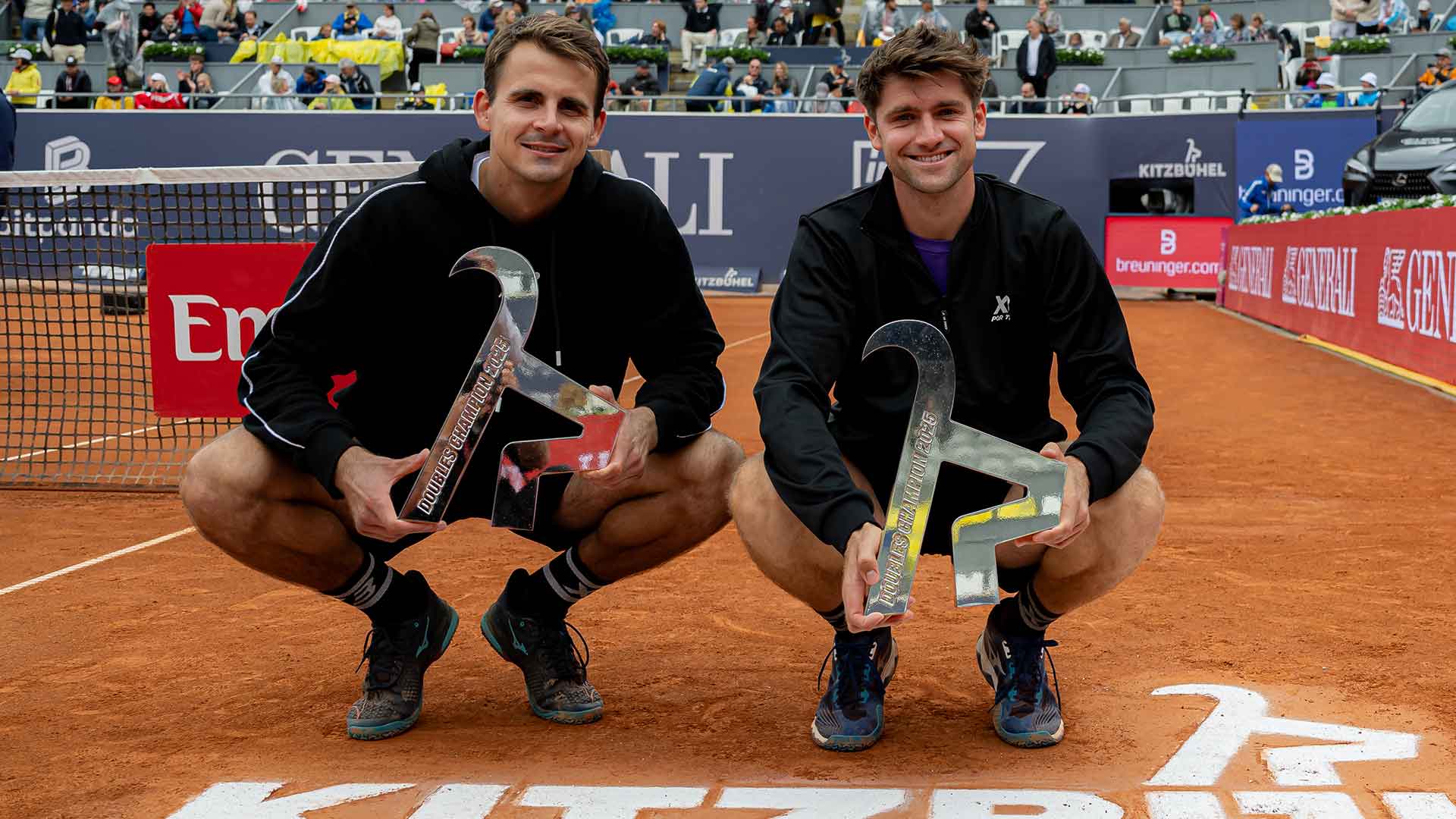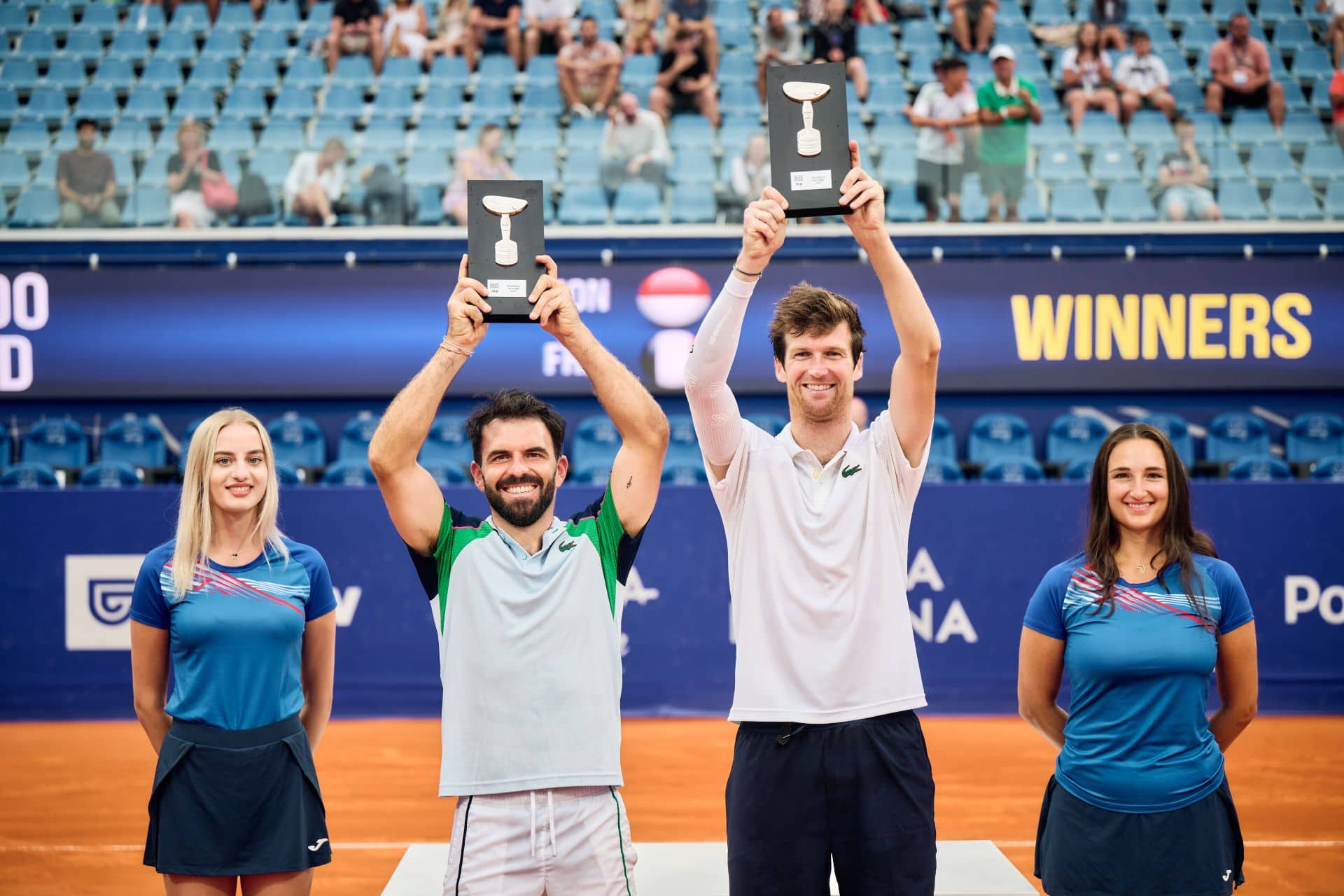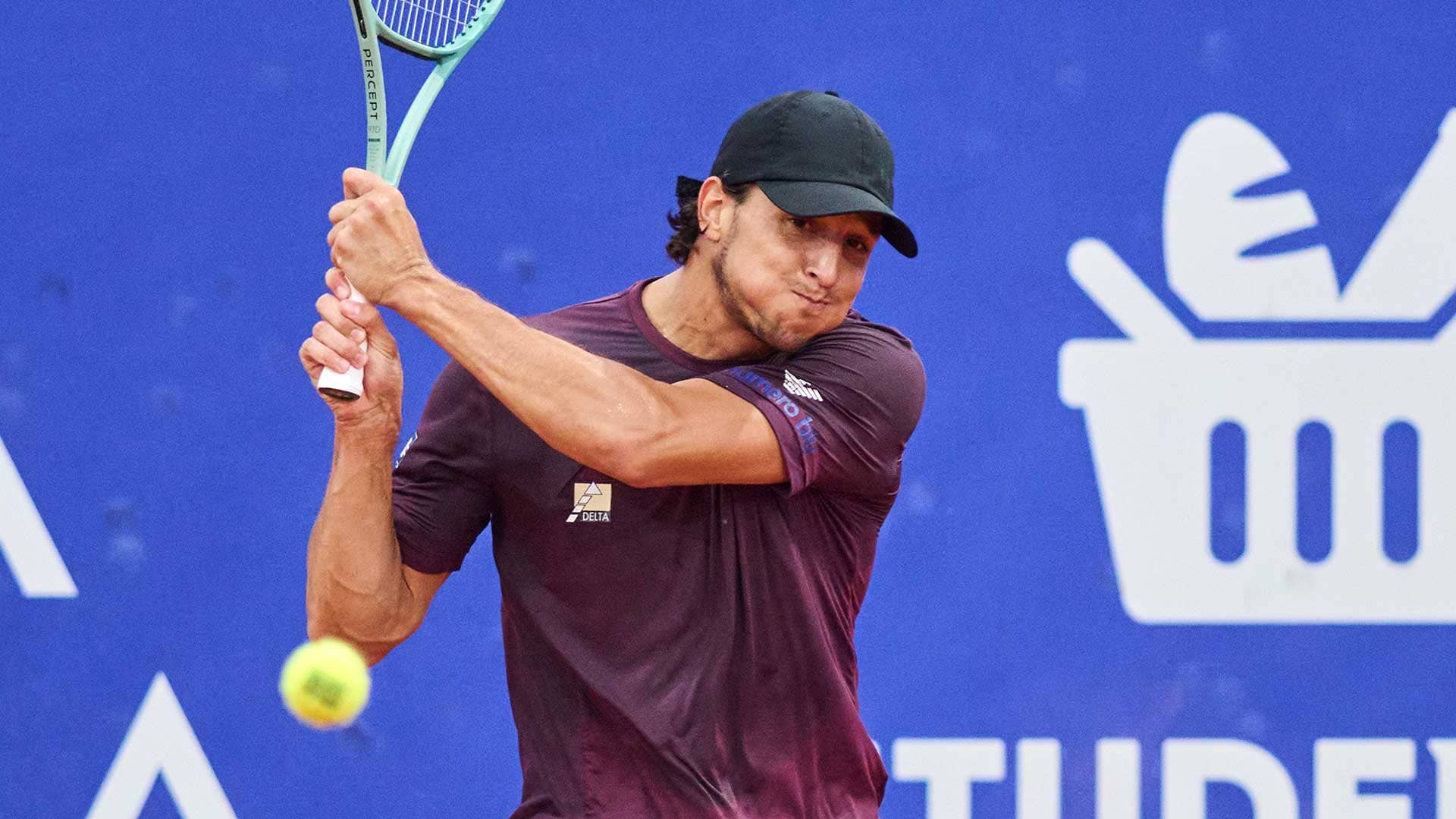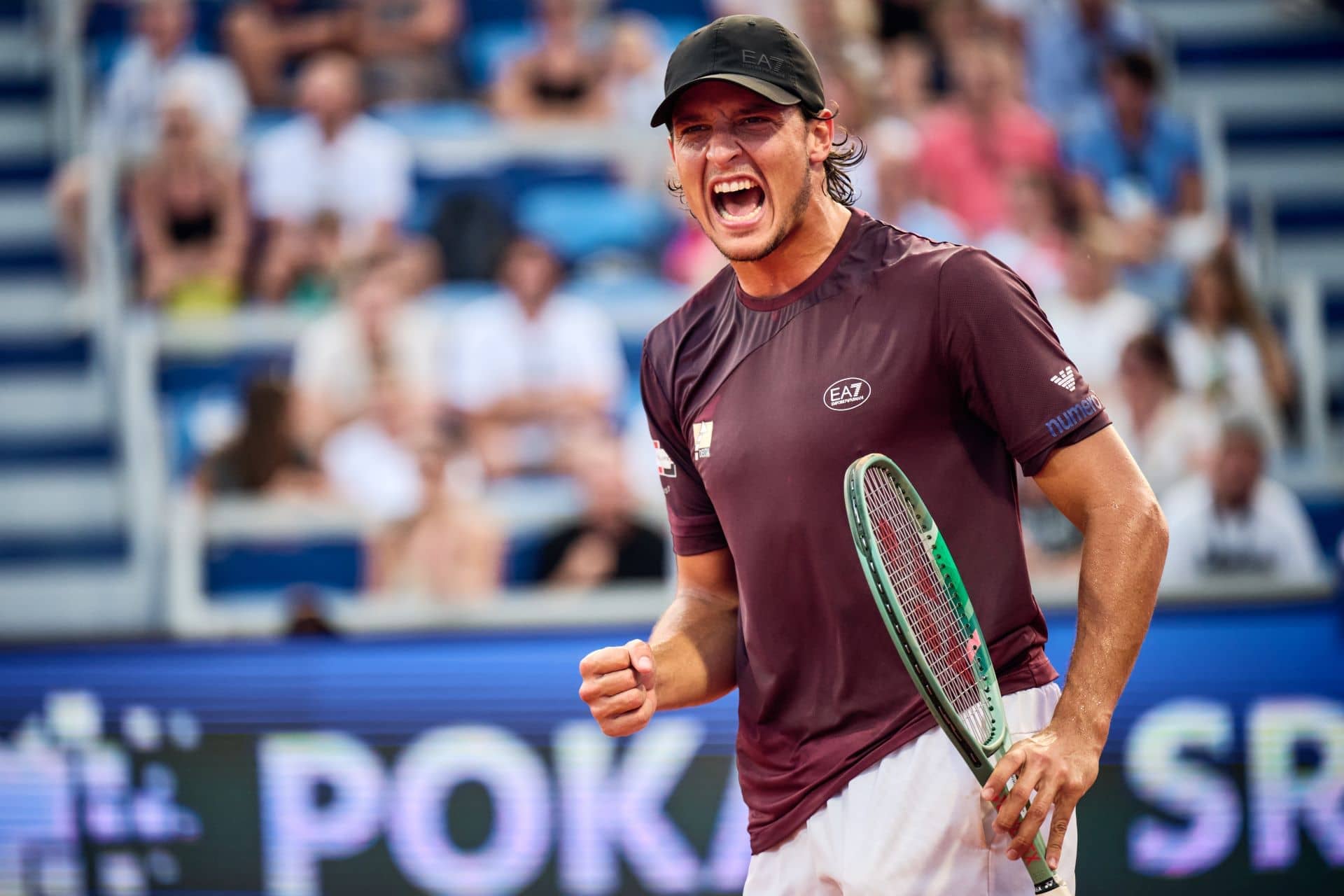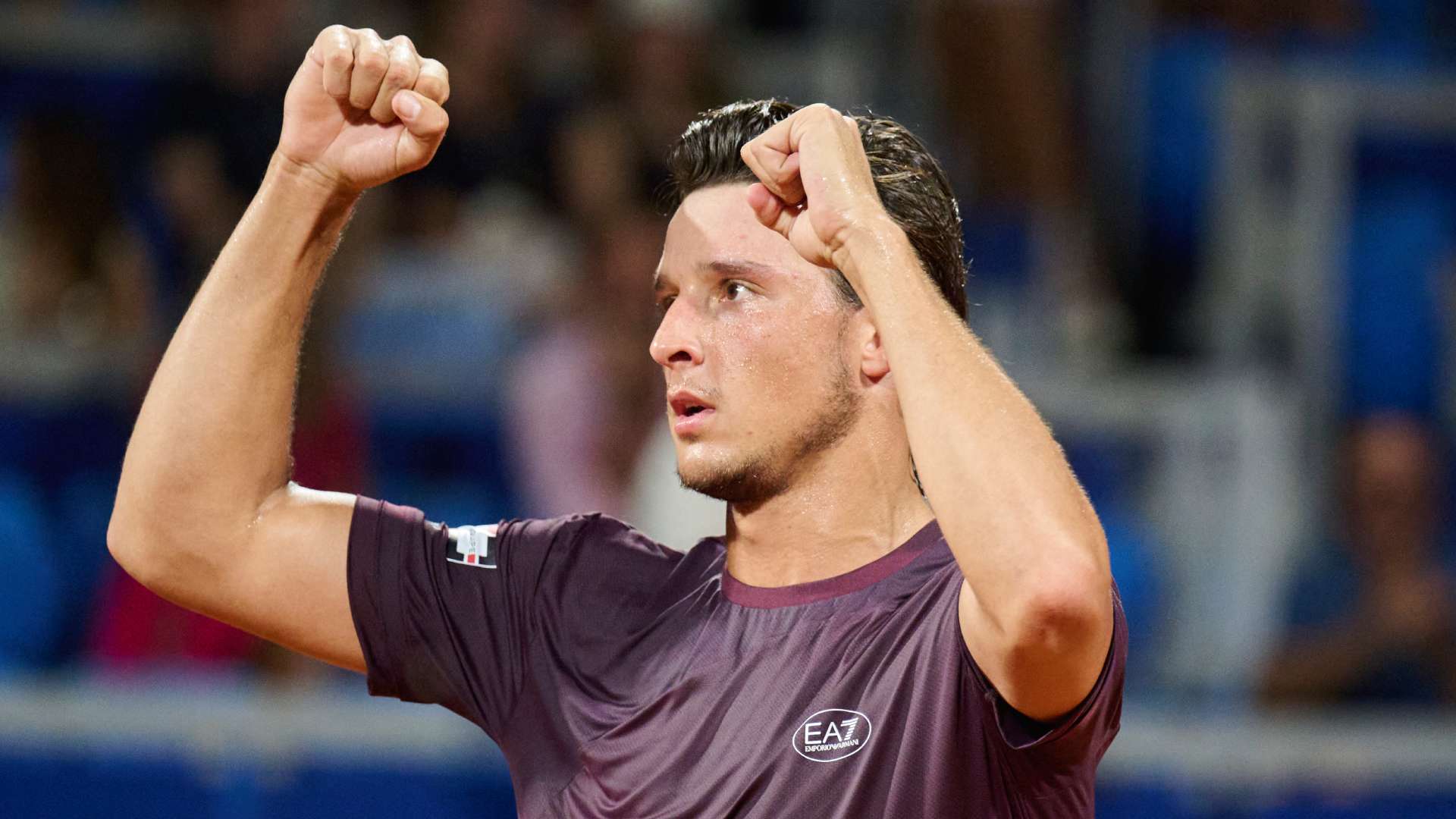Novak Đoković: The Beginning of the Path to Immortality
The year was 2006, and 19-year-old Novak Đoković was already showing signs of what he would become—an unstoppable force in world tennis. At the Umag tournament, he reached the final, where he faced another future legend, Stan Wawrinka. In a dramatic first set, Đoković led 3-1 in the tie-break but had to retire from the match due to breathing issues. At the time, it seemed like a disappointment, but today it’s viewed as a symbolic stop on his road to the top.
Umag was only Đoković’s second ATP final in his career, but it meant a lot. By 2008, he had won his first Grand Slam at the Australian Open, and his career exploded in the years to follow. A total of 24 Grand Slam titles, exactly 100 tournament wins, and an Olympic gold medal in 2024 made him the most decorated tennis player in history.
Đoković returned to Umag once more in 2007—this time in doubles, partnering with his brother Marko. Although they lost in the first round, Novak has repeatedly emphasized his connection to the tournament:
“The tournament in Umag has a special place in my career, and I’ve always enjoyed playing there.”
Even at the age of 38, Đoković shows no signs of slowing down—as demonstrated by his recent semifinal appearance at Roland Garros—so it’s expected that the number of his tournament wins will continue to grow, as will his place on the tennis pedestal.
Rafael Nadal: First Title from the Shadows
While Đoković experienced his first major final in Umag, Nadal took his first victorious step there. The year was 2003, and 17-year-old Rafael Nadal—then ranked just 203rd in the world—appeared in the doubles draw with Álex López Morón. They had modest expectations, but they ended up winning the tournament with a dominant performance in the final. For Nadal, it was his first ATP trophy.
That “quiet” title in Umag would later be recognized as the beginning of one of the most illustrious careers in history. Nadal would go on to win 22 Grand Slam titles, 92 ATP titles, and be remembered as the “King of Clay.” To this day, he holds the record for 81 consecutive wins on clay—an untouchable streak that defines his dominance.
Nadal returned to Umag in 2005 as the Roland Garros champion, but a knee injury prevented him from playing singles. He came out onto center court with a microphone and announced:
“Unfortunately, I can’t play due to injury, but I’ll gladly return to Umag.”
A Symbolic Changing of the Guard
Because of moments like these, Umag holds a special place in the stories of the greatest. Đoković and Nadal didn’t win there year after year, but it was at this tournament where they felt their first crowd, first final, and first trophy.
In those early 2000s, Umag had the privilege of being the quiet stage for great beginnings. Looking back, it’s clear that Novak and Rafa actually laid the foundations of a new era—one that would shape world tennis for decades. Representatives of the “golden generation” were guests in Umag when they were just starting their path toward tennis immortality.
Because Umag isn’t just a place where trophies are won—it’s where legends begin.






